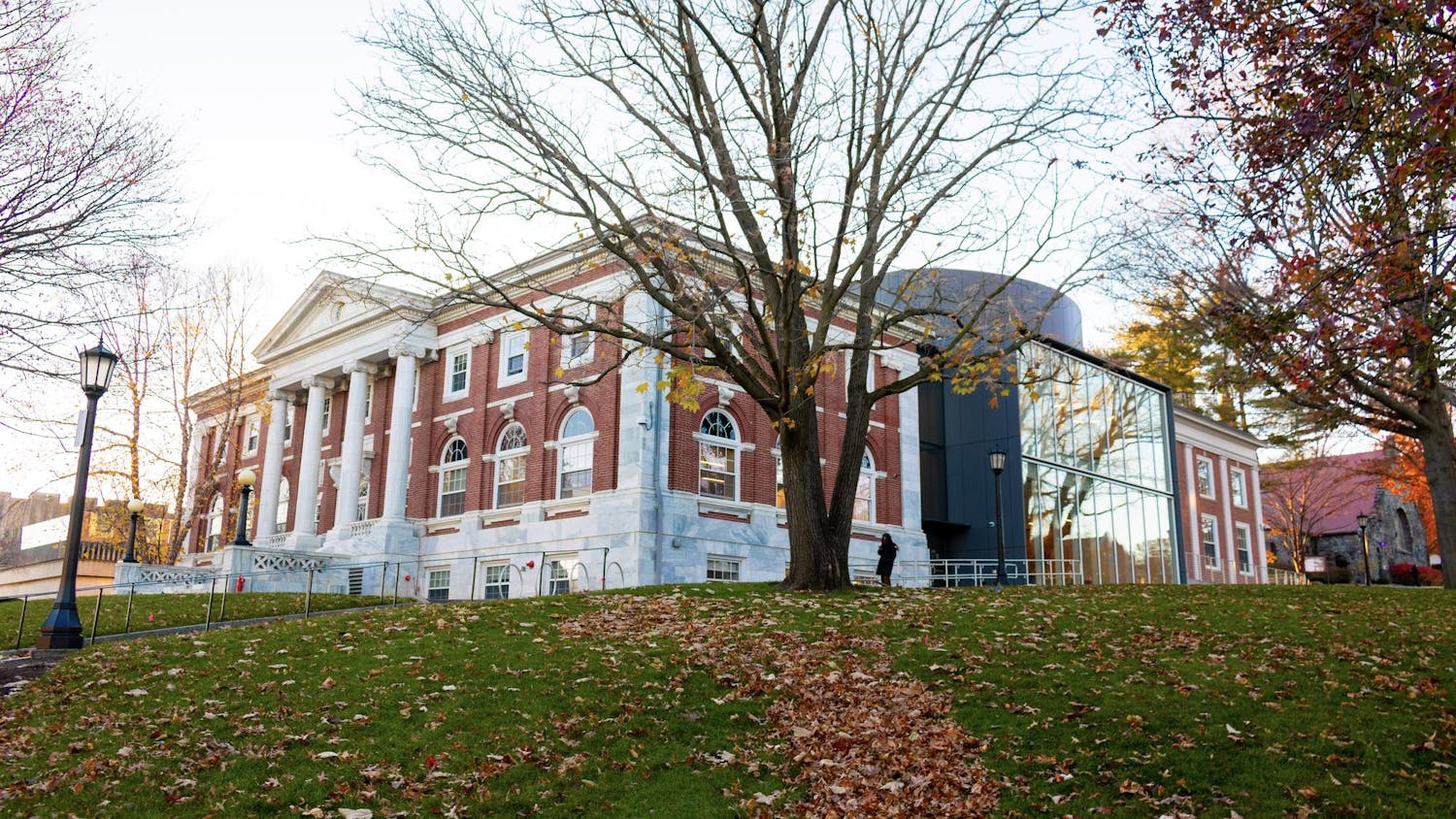The School of the Museum of Fine Arts at Tufts saw negotiation between SMFA’s part-time lecturers and the university this past fall. The Professors of the Practice, SMFA’s full-time faculty, are now beginning bargaining sessions for a set of contract improvements through posters and a banner draped on Bessie, the rhinoceros mascot of SMFA.
SMFA’s Professors of the Practice are demanding wage increases, the “introduction of rank and progression tracks,” “enhanced research support and living cost adjustments,” equitable workloads and transparent and progressive employment policies. In an online petition, the professors pointed out that “our working conditions are our students’ learning conditions.” Largely, the demands seek improvements to match peer institutions.
Students have a vested interest in seeing Tufts offer the SMFA’s Professors of the Practice compensation and resources similar to other institutions. Students gain when, in SMFA’s words, the “successful working artists and seasoned educators with expertise and experience in a wide range of mediums and disciplines” are given the resources they need to succeed for years to come.
At Tufts, unions are growing. Resident assistants voted to unionize and ratify a contract in 2023, but not without a strike on move-in day that gained recognition from publications like the Boston Globe and the New York Times. Also this fall, part-time lecturers at SMFA fought for equal compensation relative to their counterparts in Tufts’ School of Art and Sciences, and valuation for the unique components of teaching at a fine arts school.
In addition, Tufts’ full-time faculty, facilities staff, police, graduate assistants and dining services workers hold active collective bargaining agreements with the university.
At other art schools, the road to contracts hasn’t always been smooth. In 2022, a strike at The New School and Parsons School of Design brought the school to a standstill for three weeks. Art schools including California Institute of the Arts, the School of the Art Institute of Chicago, Cooper Union and Emerson College’s full-time faculty have an active contract.
Beyond Tufts and the art world, nearly 300 resident assistants, graduate RAs and graduate hall assistants at Boston University went on strike for four days earlier this month, showing the increasing presence of unions in higher education.
Unions are popular. In an era where the tide for unions is turning, strikes are getting more common and salaries are no longer the state secret of yesterday, it’s important to work with them, not against them.
The number of workers represented by a union nationwide is rising and the American public continues to support workers’ efforts to unionize. This has led to a jump in union petitions, bringing strikes with them. Strikes are a mechanism for collective and shared compensation, benefits and support. Unions have been documented to help reduce the pay gap based on gender, race and disability.
In the Greater Boston area, income growth is lagging behind inflation, so we need to ensure that Tufts employees do not have to go elsewhere to find competitive compensation and benefits.
Tufts’ leadership, spanning from President Sunil Kumar to provosts, deans and other administrators, has a unique opportunity to show its appreciation for faculty and its desire to put the needs of our students and community first.
Students’ interest in our faculty being well compensated and having their demands met and the university’s mission to be an institution that is “student-centered” and values “creative scholars” means we should all show our support for the Professors of the Practice at the SMFA and the greater labor movement that exists here at Tufts.






